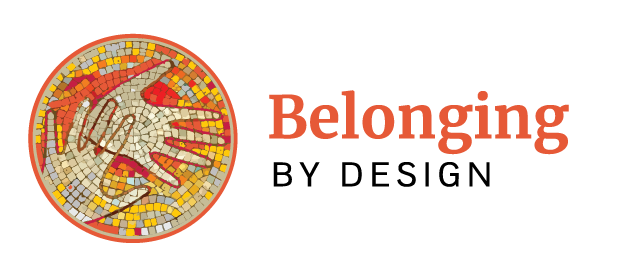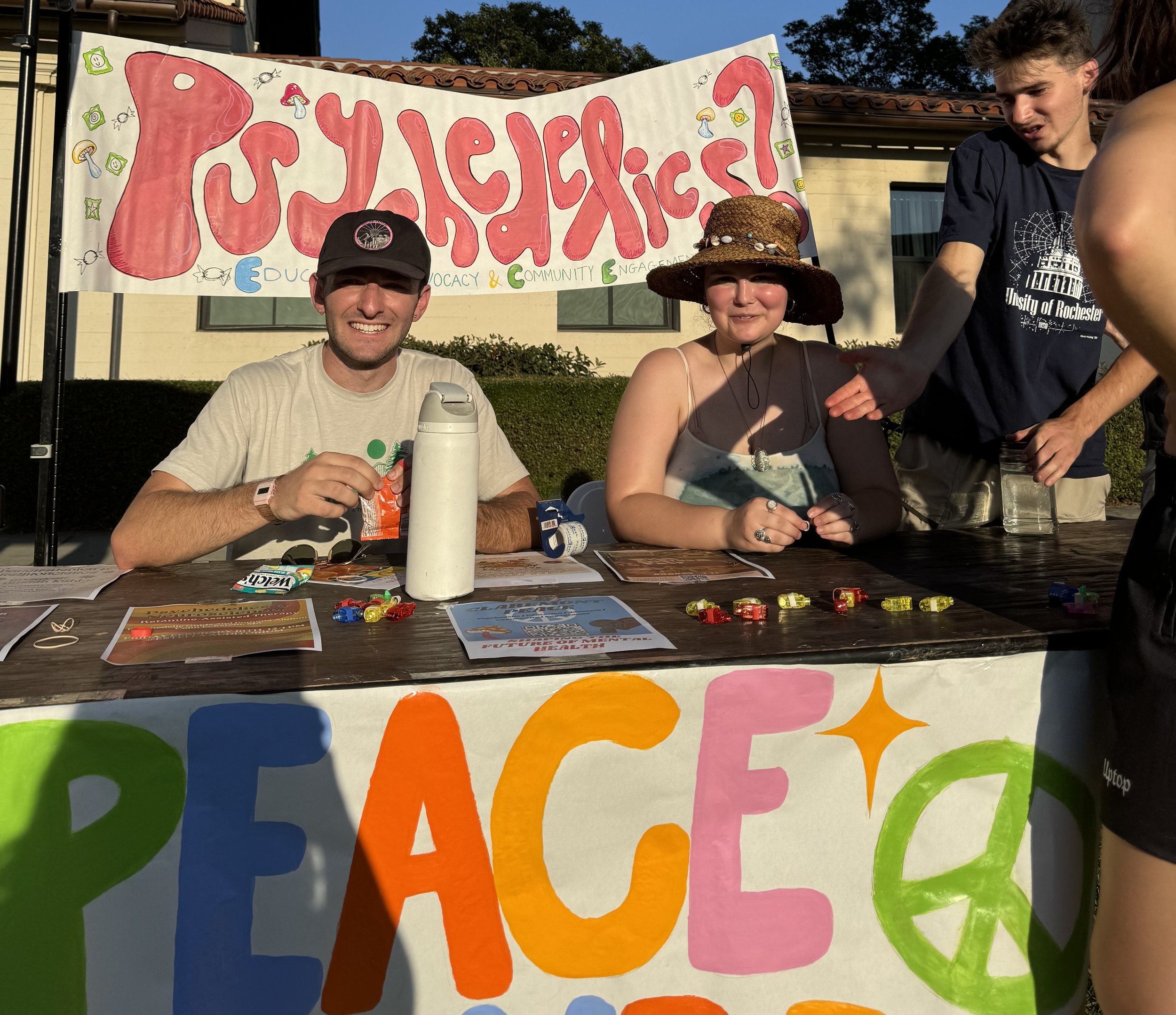Lessons from a New Leader
The best leaders plan for their own exits by building groups that can flourish without them.
This is a story about a kid named Nathan who started a college club from scratch during his sophomore year, and is leaving behind a thriving, popular, student-led organization when he graduates in May.
His intentional approach to building the community he needed and wanted is a roadmap for anyone trying to create a sustainable group or organization (even if you don’t have to leave after three years!).
Phase 1: The Launch
Mid-pandemic campus life was rough and isolating. Nathan’s small liberal arts college, Claremont McKenna College, is part of a rich 5-college ecosystem, but his freshman year there was no “fraternizing” across the colleges. By his second year, Nathan hadn’t yet found his people - students who shared his passion for meditation, nature, and spiritual growth and healing through psychedelics.
He felt that gap profoundly and decided to do something about it.
Nathan didn’t think of himself as a leader, and had never led in a formal capacity. “But then I got passionate about something and there was no community around that,” he recalls. “The context necessitated leadership but I didn’t know how to do it yet.”
In early 2022, he and a friend launched a 5-college club called PEACE (Psychedelic Education Advocacy and Community Engagement). They threw an event, inviting a respected psychedelic researcher to speak - and over 100 people (students and faculty) crammed into a classroom and spilled out the door.
“People started coming up to us and asking when we meet. We didn’t have any plans,” he said.
Phase 2: Co-Creation
At that point, Nathan and I met to figure out: 1) how to keep people involved and coming back and 2) how to motivate them to participate when they’re not being paid or graded.
I helped him design a kick-off meeting for PEACE that included authentic sharing to get to know each other in deep and meaningful ways, and an exercise to create a unified vision for what PEACE could be, along with individual commitments to co-create it.
Things took off after that and Nathan had found his people! Twenty students showed up for the first meeting, and a group of 7-8 emerged as a leadership group that continued to meet and organize events.
But by the end of the year, most of the leadership group graduated, Nathan went to Spain to study abroad for a semester, and PEACE was down to one very stretched organizer.
Clearly they had tapped into a huge well of interest but how were they going to sustain that momentum given the limitations and pressures of student life?
Phase 3: Radical, Distributed Ownership
When Nathan returned from Spain, he called me again for help re-grouping.
“We had big ambitions - harm reduction events, field trips, hikes, speakers, learning fairs. Those were all logistically heavy lifts. We couldn’t do this alone.”
So this time they opened planning meetings to anyone interested and used those meetings not only to plan events, but to build community and ownership.
They recruited a new cohort of students from every class, and kicked off the year with another carefully designed gathering. They took time for story-telling, so that each participant could share their experiences, motivations and unique skills. And they re-imagined what PEACE could be, with buy-in and commitment from everyone in the room.
That gathering shifted the energy immediately.
Nathan and his co-founder were no longer driving alone. Students stepped up to help with the website, group chat, logistics and speaker coordination. One sophomore launched a weekly informal gathering called “PEACE and Tea” every Friday afternoon, while others organized a field trip to an advocacy event in L.A.
Monthly meetings are open to all and follow the same structure each time - starting and ending with a meaningful narrative question to get to know each other, for example “What’s a good memory tied to a specific place on campus?” or “Share a time in nature that wowed you.”
PEACE now has a mailing list of 400 and a thriving group chat. The co-founders are in their final semester, but they have a cohort of passionate sophomores and juniors already running the club with them - each bringing a unique set of skills.
The lessons for all of us:
Build a sense of belonging in the group - to know each other and be known.
Lean into people’s strengths, creating opportunities for them to shine and bring their expertise.
Focus as much (or more!) on engaging people deeply, as on organizing great events.

